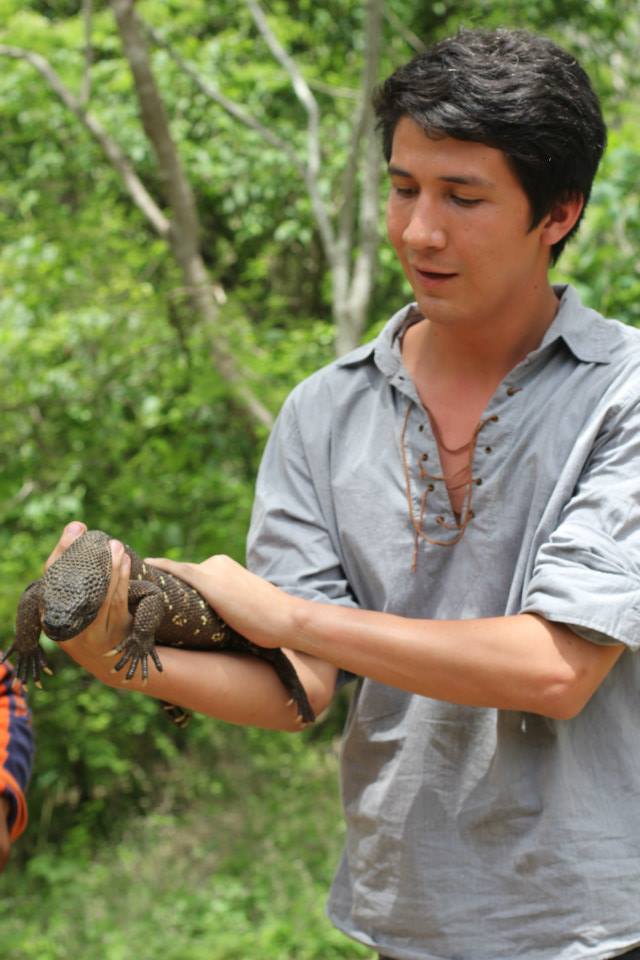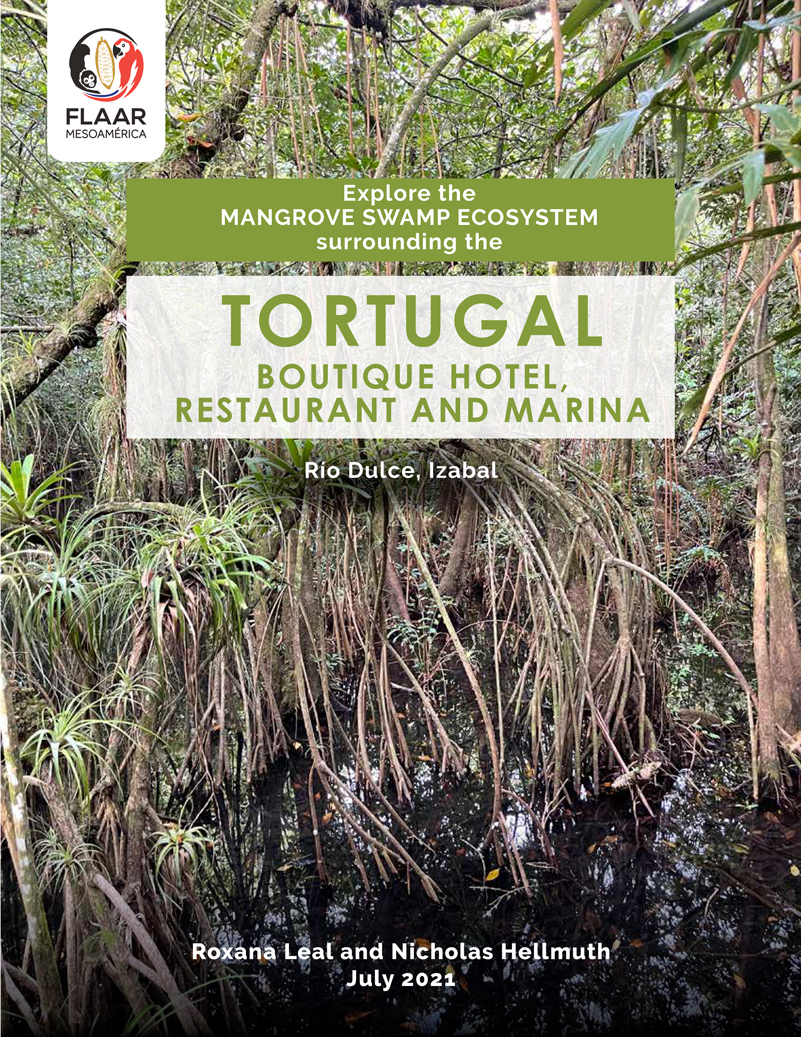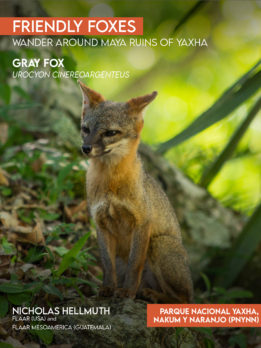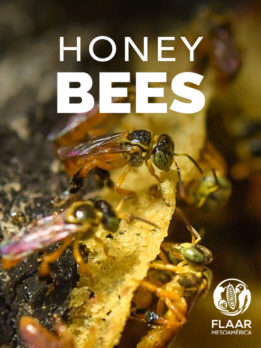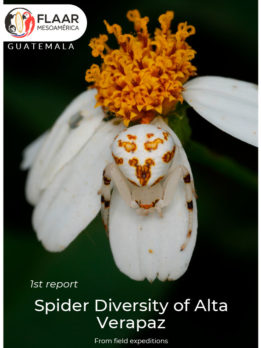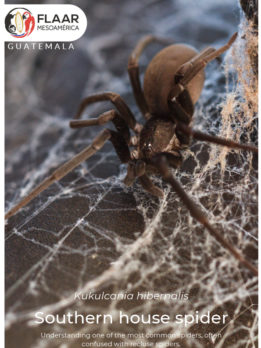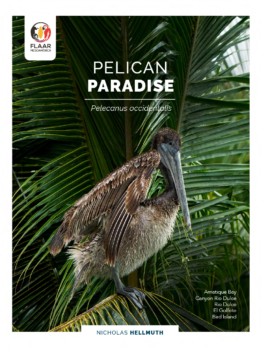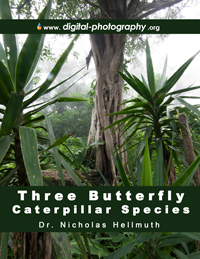Heloderma horridum charlesbogerti
Heloderma horridum charlesbogerti, occasionally named Heloderma charlesbogerti, is a relative of the Gila Monster of Arizona. The variety in Guatemala is also named the Guatemalan Beaded Lizard. In Mexico it is also called Lagarto Escorpion, or sometimes just plain “scorpion.”
Here we can see Christian holding the Heloderma horridum charlesbogerti in his hand when we made our last field trip to Zacapa. Photo by Daniela Basterrechea.
Although a Terrestrial animal, it sometimes climbs Trees
The Heloderma horridum charlesbogerti eats primarily eggs (of iguana and of birds) and eats crickets (Ariano and Salazar 2015:71). It also eats rats and baby rabbits. Actually the Motagua Valley is one of the few areas of Guatemala where we have seen wild rabbits in the 54 years that I have been in Guatemala. Rabbits are indeed found in many areas of Guatemala, but I have seen more jaguars in these five decades than rabbits.
The diet of iguana eggs, bird eggs, and insects in Guatemala was remarkably similar to the diet of their relatives in faraway Jalisco, Mexico (Beck and Lowe 1991: 398 for the diet in Jalisco).
Areas to see this photogenic venomous lizard in Guatemala
Reserva Natural para la Conservación del Heloderma and el Bosque Seco del Valle del Motagua, El Arenal, Cabañas, Zacapa, Guatemala. The Chiapas, Mexico species is found in the Rio Lagartero area of Huehuetenango, Guatemala.
This is not the same variety as the one in the Rio Motagua area. But both are very similar; both are relatives of the Gila Monster.
Is this remarkable creature found in Classic Maya Art
Since Mayan trade routes passed through the Motagua Valley, and since jadeite is a mineral found in the mountains and streams to the west of the Motagua River, the Maya would have known of this creature. I have seen some tall thin vases with surfaces which remind me of portions of the exterior of this creature. But I would need to have a photo of the vase next to the creature, to look at his top, bottom, and sides, to see if his spine pattern really is a possible model for the geometric pattern seen on a few Mayan Late Classic vases.
The Study Area in Zacapa also has Skunk and Armadillo Species
Three species of skunks
- Conepatus leuconotus
- Mephitis macroura
- Spilogale angustifrons
And one species of armadillo
- Nine-banded Armadillos, Dasypus novemcinctus
are common in the study area by Ariano and Salazar in Guatemala (2015: 69).
Bibliography on Heloderma horridum charlesbogerti
Ariano-Sánchez, D. and G. Salazar
2015 Spatial ecology of the endangered Guatemalan Beaded Lizard, Heloderma charlesbogerti (Sauria: Helodermatidae), in a tropical dry forest of the Motagua Valley, Guatemala. Mesoamerican Herpetology 2: 64–74.
BECK, Daniel D. and Charles H. LOWE
1991 Ecology of the Beaded Lizard, Heloderma horridum, in a Tropical Dry Forest in Jalisco, Mexico. Journal of Herpetology, Vol. 25, No. 4, pp. 395-406. Society for the Study of Amphibians and Reptiles.
Posted February2017.


